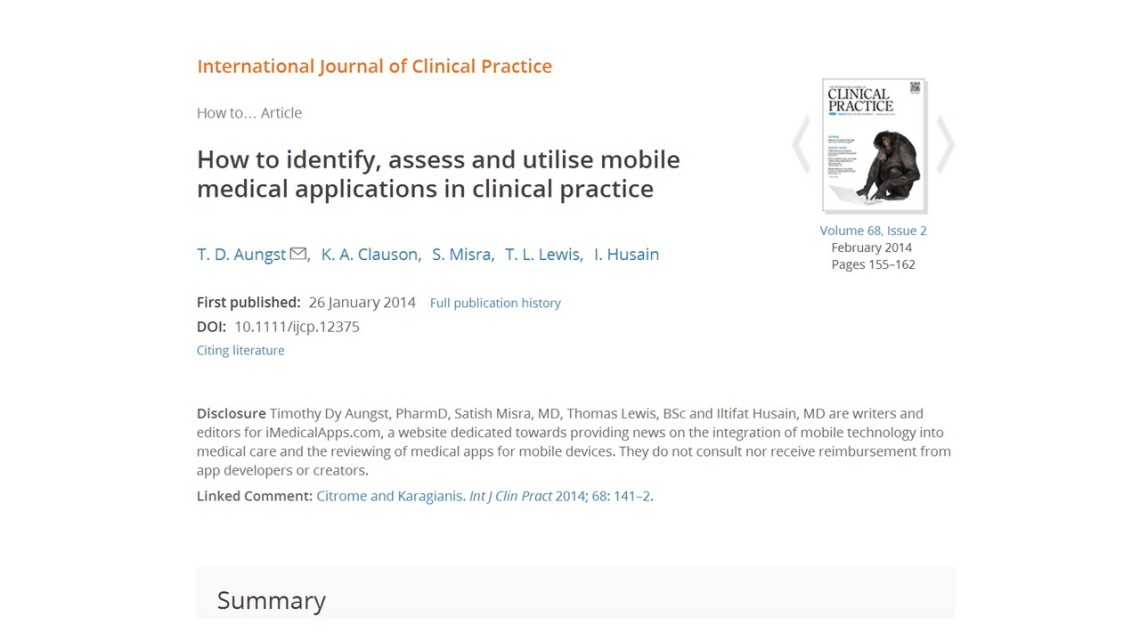
Last year I joined an unparalleled group of domain experts to help author the HIMSS-produced book Blockchain in Healthcare: Innovations that Empower Patients, Connect Professionals and Improve Care. I was honored to be invited to contribute the chapter on blockchain and pharmacy alongside my colleague Beth Breeden from Lipscomb University College of Pharmacy & Health Sciences in Nashville, TN. The print edition of the book debuted at the HIMSS19 conference in Orlando, FL, and the e-version has since been released on Amazon Kindle and Apple Books.
We divided our chapter into four subsections:
- Healthcare Financials (which is where many of the earliest wins are coming in the space using Hyperledger builds)
- Pharmaceutical Supply Chain (which we started exploring in 2015, and still holds great promise – as does the broader health supply chain and emerging cannabis market)
- Clinical Trials (which was a conversation that we began during a Precision Medicine Workshop at the White House in 2016), and
- Social Good (which features some of the projects I am most excited about sharing including Solaster and RemediChain)
This chapter also details a few use cases including an interesting, albeit early, proposed approach by ConsenSys on using distributed ledger technology (DLT) for combating a few elements of the opioid crisis.
If you are interested in the intersection of of healthcare and blockchain/DLT, I can’t think of a better place to start than this text!
@kevinclauson






















